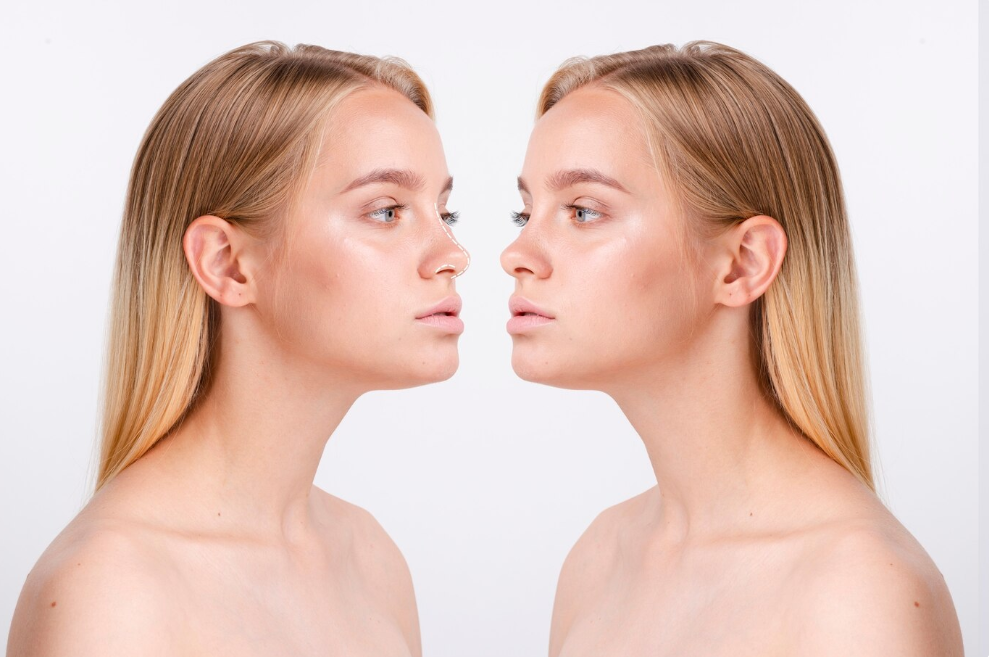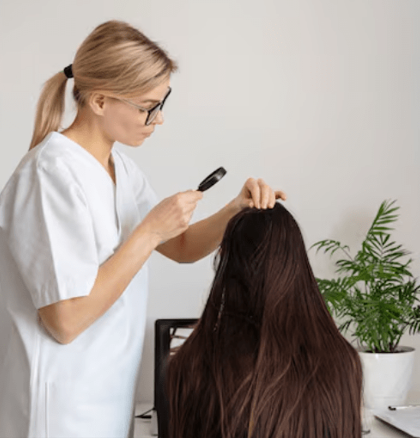When considering chin augmentation, the choice of implant material plays a significant role in the final result, long-term satisfaction, and risk of complications. The three most commonly used materials for chin implants are Silicone, Medpor, and Gore-Tex. Each has unique properties that make them suitable for different patient needs and surgeon preferences.
1. Silicone Chin Implants
Overview:
Silicone implants are the most commonly used type of chin implant. They are made from medical-grade solid silicone and come in a variety of shapes and sizes.
Advantages:
- Flexible and easy to shape: Surgeons can trim or sculpt the implant during surgery for a customized fit.
- Easily removable: If revision or removal is needed, silicone implants are straightforward to extract.
- Smooth texture: Reduces tissue adhesion, which can make adjustments easier in the future.
- Lower cost: Typically more affordable compared to other materials.
Disadvantages:
- Risk of shifting or migration: Because of their smooth surface, they may shift slightly over time if not securely placed.
- Less tissue integration: They don’t integrate into surrounding tissue, which some surgeons consider a downside.
- May feel more artificial: In very thin patients, the implant may be more noticeable under the skin.
Best For:
Patients who want a reversible and adjustable option, especially those new to facial implants.
2. Medpor Chin Implants (Porous Polyethylene)
Overview:
Medpor implants are made from porous high-density polyethylene. The material encourages tissue ingrowth, which helps stabilize the implant.
Advantages:
- Tissue integration: The porous structure allows blood vessels and tissue to grow into the implant, reducing risk of migration.
- Durability: Extremely stable and long-lasting.
- Natural feel: The integration often makes the implant feel more like natural bone.
Disadvantages:
- Difficult to remove: Because tissue grows into the implant, removal or revision is more complex.
- Rigid material: Not easily adjustable during surgery.
- Increased infection risk (if not handled properly): Once integrated, infections can be harder to treat without removing the implant.
Best For:
Patients looking for a permanent, stable solution with a natural feel, and who are unlikely to need revision surgery.
3. Gore-Tex Chin Implants (Expanded Polytetrafluoroethylene – ePTFE)
Overview:
Gore-Tex, also known as ePTFE, is a soft, flexible material used in many medical applications. It’s microporous, allowing partial tissue ingrowth.
Advantages:
- Soft and pliable: Conforms well to underlying bone and overlying tissue.
- Tissue adherence: Offers better stability than silicone due to partial tissue integration.
- Natural appearance: Especially effective in blending with surrounding tissue for a subtle enhancement.
Disadvantages:
- More difficult to remove than silicone: Due to partial tissue ingrowth.
- Limited availability: Not as widely used or available in some practices.
- Higher cost: May be more expensive than silicone implants.
Best For:
Patients who want a natural look and feel with more implant stability than silicone, but less permanence than Medpor.
Choosing the Right Implant Material
The best chin implant material depends on several factors, including:
- Facial anatomy and skin thickness
- Desired projection and contour
- Willingness to undergo revision surgery in the future
- Surgeon’s experience and preference
- Cost considerations
Consultation Tip:
Always discuss the pros and cons of each implant type with a board-certified facial plastic surgeon. They can assess your facial structure and aesthetic goals to recommend the ideal implant for your needs.




